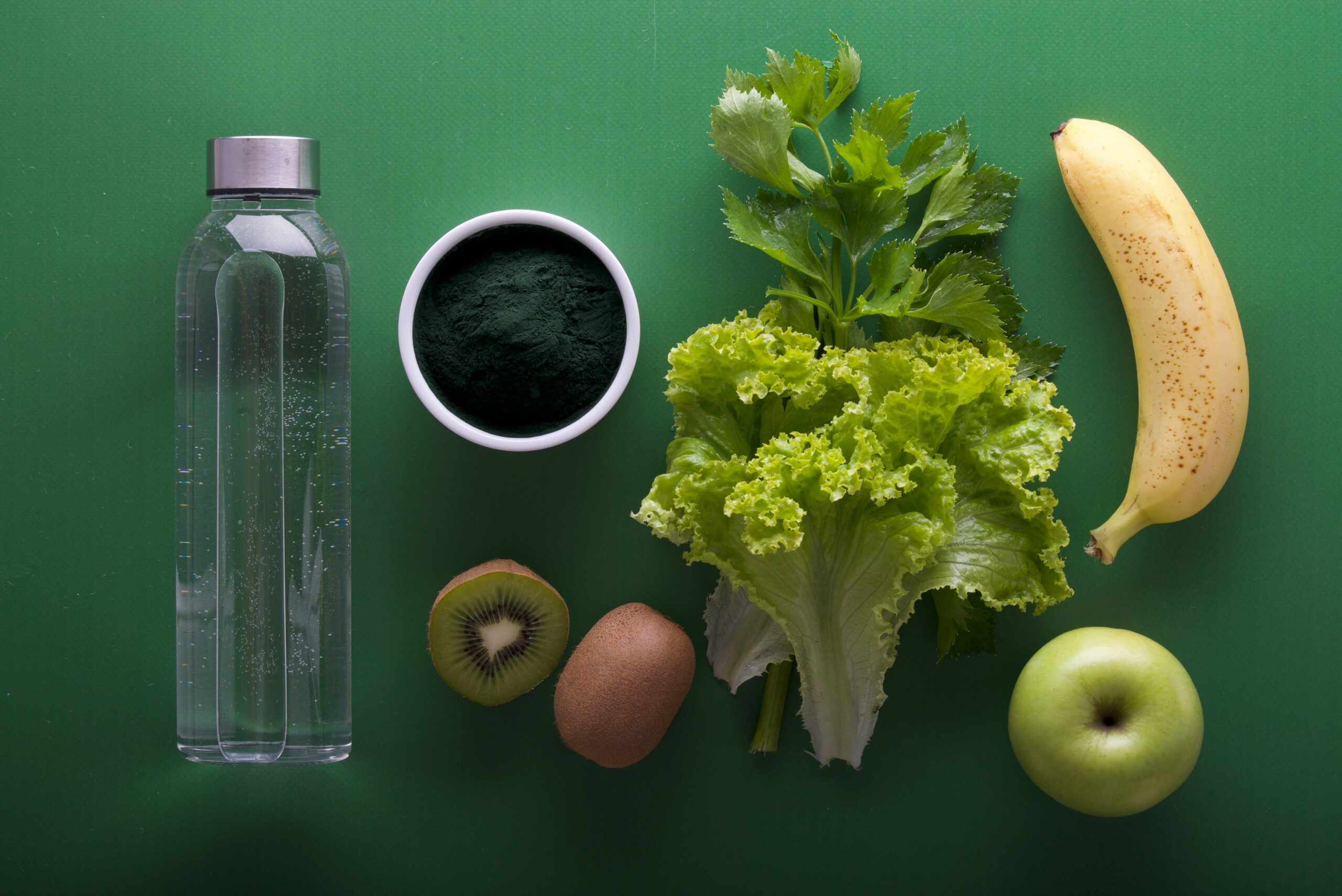Bloating after every meal? Strange food sensitivities that came out of nowhere? Fatigue no matter how much you sleep?
You might be dealing with something deeper than “just digestive issues.”
Let’s talk about SIBO—Small Intestinal Bacterial Overgrowth—a condition often missed or misunderstood, especially in women.
What Exactly Is SIBO?
SIBO stands for Small Intestinal Bacterial Overgrowth. It happens when there’s too much bacteria in the small intestine—specifically, types of bacteria that are supposed to stay in the large intestine.
While a healthy gut relies on a balanced microbiome, in SIBO, that balance shifts.
The result? The small intestine, which is meant to absorb nutrients, becomes overwhelmed with fermenting bacteria—leading to gas, inflammation, and nutrient malabsorption.
SIBO isn’t just “bad bacteria” — it’s often good bacteria in the wrong place.
SIBO Symptoms: More Than Just Bloating
Many people with SIBO chalk their symptoms up to “IBS,” but SIBO has its own unique signs:
-
Chronic bloating (even hours after eating)
-
Excessive gas or burping
-
Stomach pain or cramping
-
Diarrhea, constipation, or both
-
Undigested food in stool
-
Fatigue and brain fog
-
Unexplained nutrient deficiencies (like B12 or iron)
-
New food intolerances (especially to garlic, onions, legumes, or high-fiber foods)
👉 It’s often misdiagnosed as IBS, but studies now suggest up to 80% of people with IBS may actually have SIBO (Pimentel et al., 2000s).
What Causes SIBO?
SIBO isn’t caused by one thing—it’s a gut imbalance triggered by multiple factors, such as:
-
Low stomach acid (from aging, antacid use, or stress)
-
Food poisoning or stomach infections
-
Previous abdominal surgeries
-
Poor gut motility (slow transit = bacteria buildup)
-
Stress & nervous system dysregulation
-
Hashimoto’s or hypothyroidism
-
Use of antibiotics or PPIs
Women with autoimmune issues, thyroid imbalances, or a history of GI infections are especially at risk.
Healing SIBO Holistically: A Gentle, Evidence-Based Approach
While antibiotics are often used, many women seek a natural and sustainable approach. Holistic healing focuses on restoring balance, improving motility, and reducing inflammation.
Here’s what that might look like:
1. SIBO-Safe Nutrition (Low-FODMAP or SIBO-specific Diet)
Certain carbs ferment in the gut and feed bacteria. Temporarily removing high-FODMAP foods can relieve symptoms. These include:
-
Garlic, onions, apples, legumes, wheat, cauliflower
Instead, focus on:
-
Zucchini, carrots, spinach, citrus fruits, gluten-free grains like quinoa
-
Grass-fed meats, fish, eggs, and well-cooked veggies
-
Small portions + mindful chewing
☝️ This isn’t forever — most SIBO-specific or low-FODMAP protocols are followed for 4 to 6 weeks, under professional supervision. After that, foods are slowly reintroduced to help restore microbiome diversity and reduce long-term restriction.
Always work with a nutritionist or dietitian, especially if you’re underweight, fatigued, or have other health concerns. Prolonged restriction without guidance can lead to nutrient deficiencies, muscle loss, or worsening gut issues over time.
Learn how to reintroduce foods without triggering symptoms in this detailed guide: Master the Low FODMAP Reintroduction Phase: How to Reintroduce Foods Without the Bloat
2. Herbal Antimicrobials (always with professional support)
Research supports using herbal protocols instead of—or alongside—pharmaceuticals. Effective herbal options include:
-
Berberine
-
Oregano oil
-
Neem
-
Allicin (from garlic extract—not whole garlic)
A study in Global Advances in Health and Medicine (2014) found that herbal treatments were as effective as rifaximin in reducing SIBO symptoms.
3. Support the Migrating Motor Complex (MMC)
The MMC is your gut’s natural cleansing wave that moves bacteria along. In SIBO, it often goes “offline.”
Support it by:
-
Waiting 4–5 hours between meals
-
Avoiding constant snacking
-
Light movement after meals (like walking)
-
Taking natural prokinetics (ginger tea, bitters, or practitioner-formulated supplements)
4. Use the Right Probiotics (or avoid them temporarily)
Not all probiotics help with SIBO—and some make symptoms worse.
✔️ Some people benefit from soil-based probiotics (SBOs)
✔️ Others need to wait until bacterial overgrowth is addressed
Work with a practitioner to personalize your plan.
5. Lower Stress & Soothe the Nervous System
Your gut and brain are deeply connected. Stress can suppress stomach acid, slow motility, and increase inflammation—all of which worsen SIBO.
Daily habits to restore calm:
-
Nervous system regulation (vagus nerve exercises, breathwork, tapping)
-
Sleep hygiene (7–9 hours)
-
Gentle movement (stretching, walking in nature)
Final Thoughts: Healing SIBO Takes Time, But It’s Possible
SIBO isn’t just a gut issue—it’s a whole-body imbalance. The path to healing is personal, and often requires patience, compassion, and holistic care.
You deserve to feel energized, nourished, and in tune with your body again.
And yes — it is possible to restore your gut health, naturally.
Key Takeaways:
-
SIBO = too much bacteria in the small intestine
-
Common symptoms: bloating, gas, fatigue, food sensitivities
-
Holistic healing involves nutrition, herbs, motility support, stress reduction
-
Work with a gut-focused practitioner if possible
-
Healing is not linear—but it’s worth it
References:
-
Pimentel M et al. (2000). The prevalence of SIBO in IBS. Am J Gastroenterol.
-
Mullin GE et al. (2014). Herbal therapy is comparable to rifaximin for SIBO. Glob Adv Health Med.
-
Cleveland Clinic. Small Intestinal Bacterial Overgrowth (SIBO)
**This article is for educational purposes only and is not a substitute for medical advice. Always consult with a qualified healthcare provider before making changes to your health routine, especially for gut-related conditions like SIBO.
